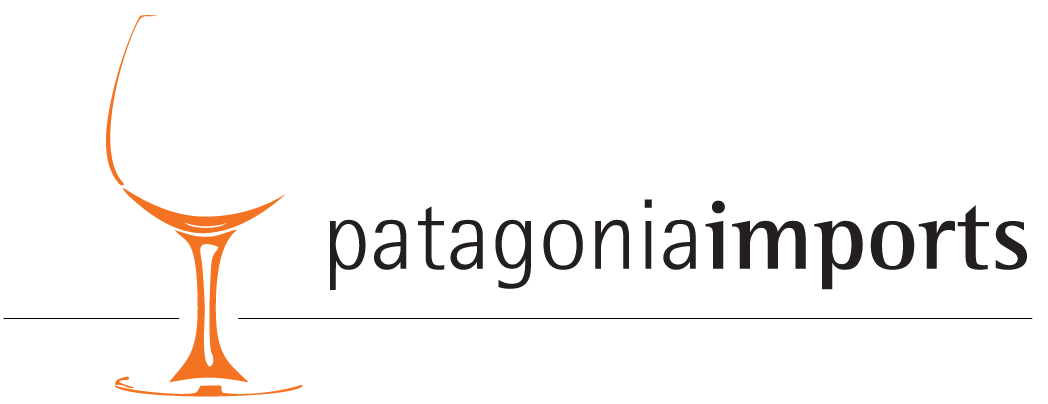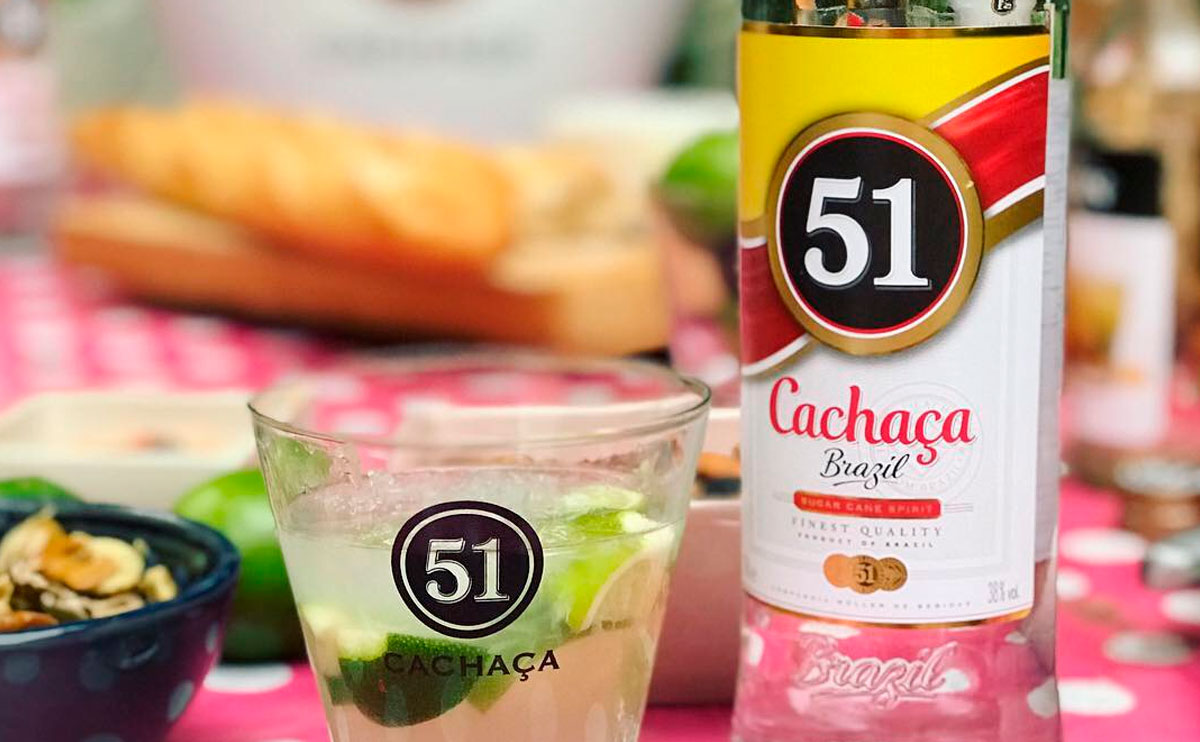Named for the foam that collected at the top of sugar cane cauldrons, Cachaca’s creation dates back all the way to the 16th century when the Portuguese brought sugar cane cuttings from Madeira to Brazil. In 1532 Portuguese colonists brought the cuttings over and moved sugar production from Madeira to Brazil and to make cachaca.
At first it was mainly drunk by African slaves who operated the sugarcane mills, but quickly gained traction among Brazilians as it was easy and cheap to make. Now Cachaca is sold worldwide and is Brazil’s national spirit. In 2014 the FIFA World Cup took place in Brazil causing Cachaca to become known globally. 1.3 Liters are produced each year.
Cachaca can onlybe produced in Brazil and is a similar spirit to rum. However, the refinement process is purer and does not involve molasses. This allows it to have a cleaner and fruitier flavour instead of the caramel hints associated with rum. Cachaca has two varieties: unaged white Cachaca and aged yellow. White Cachaca is bottled immediately after the distillation and fermentation, of up to 12 months in barrels, of the concentrated sugar cane juices. Aged Cachaca is seen as a higher quality and “premium” as it is aged for up to 3 years in wooden barrels, or in some cases up to 15 years.
The flavours of Cachaca are also affected by the type of wood the fermentation barrels are made of. Brazil imports over 20 types of South American wood for its Cachaca production.
Countries around the world are known for having something unique to them. For some that might be a type of Liquor, like how Mexico is known for Tequila, Korea for Soju, Japan for Sake, and Brazil for Cachaca.
Cachaca 51 is a well know spirit sold in over 50 countries around the world. It is best known for being the main ingredient in a Caipirinha, a simple Brazilian cocktail. It is made with only with three ingredients:
• 2 teaspoons of refined sugar
• 2oz or one shot or Cachaca
• ½ a lime

